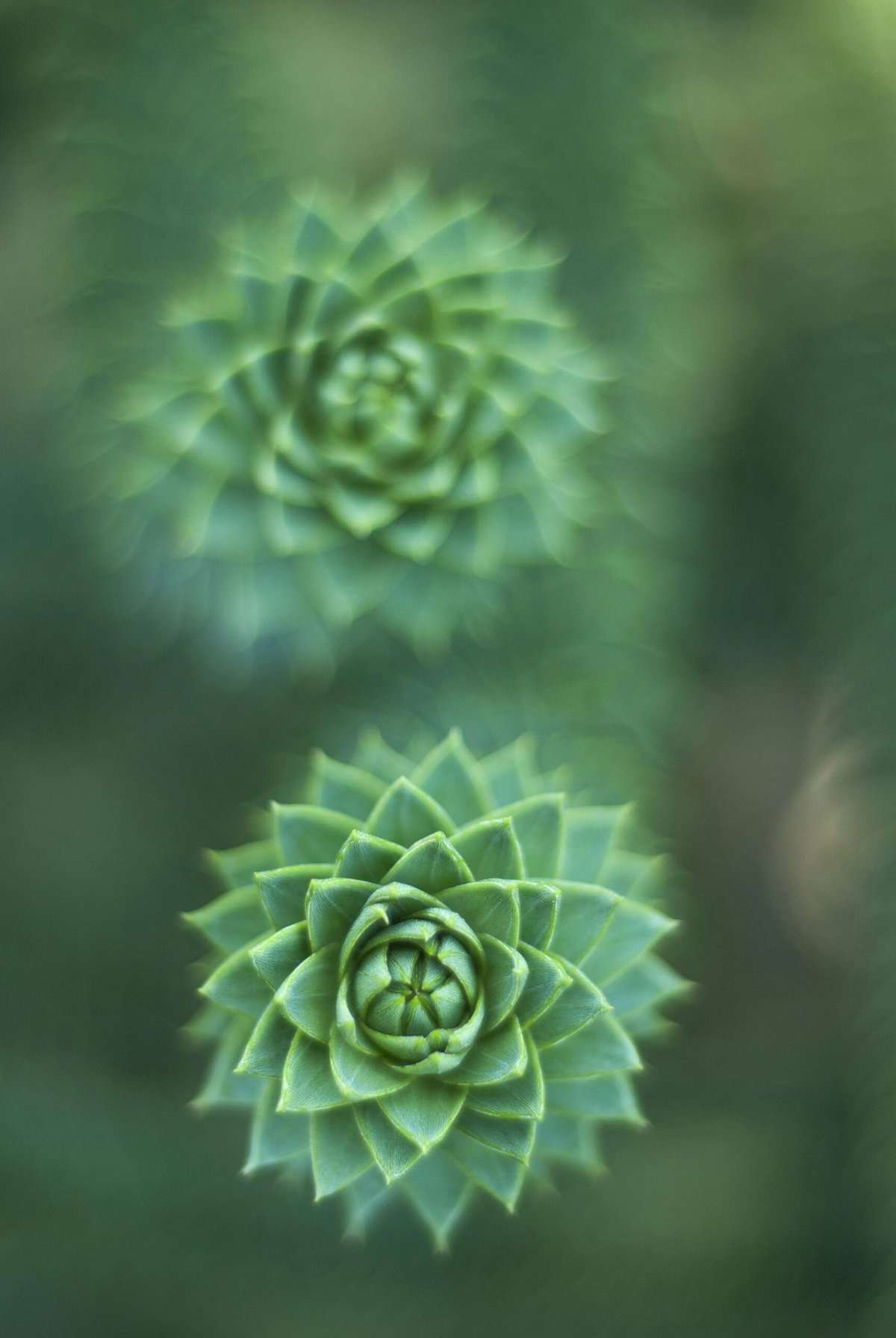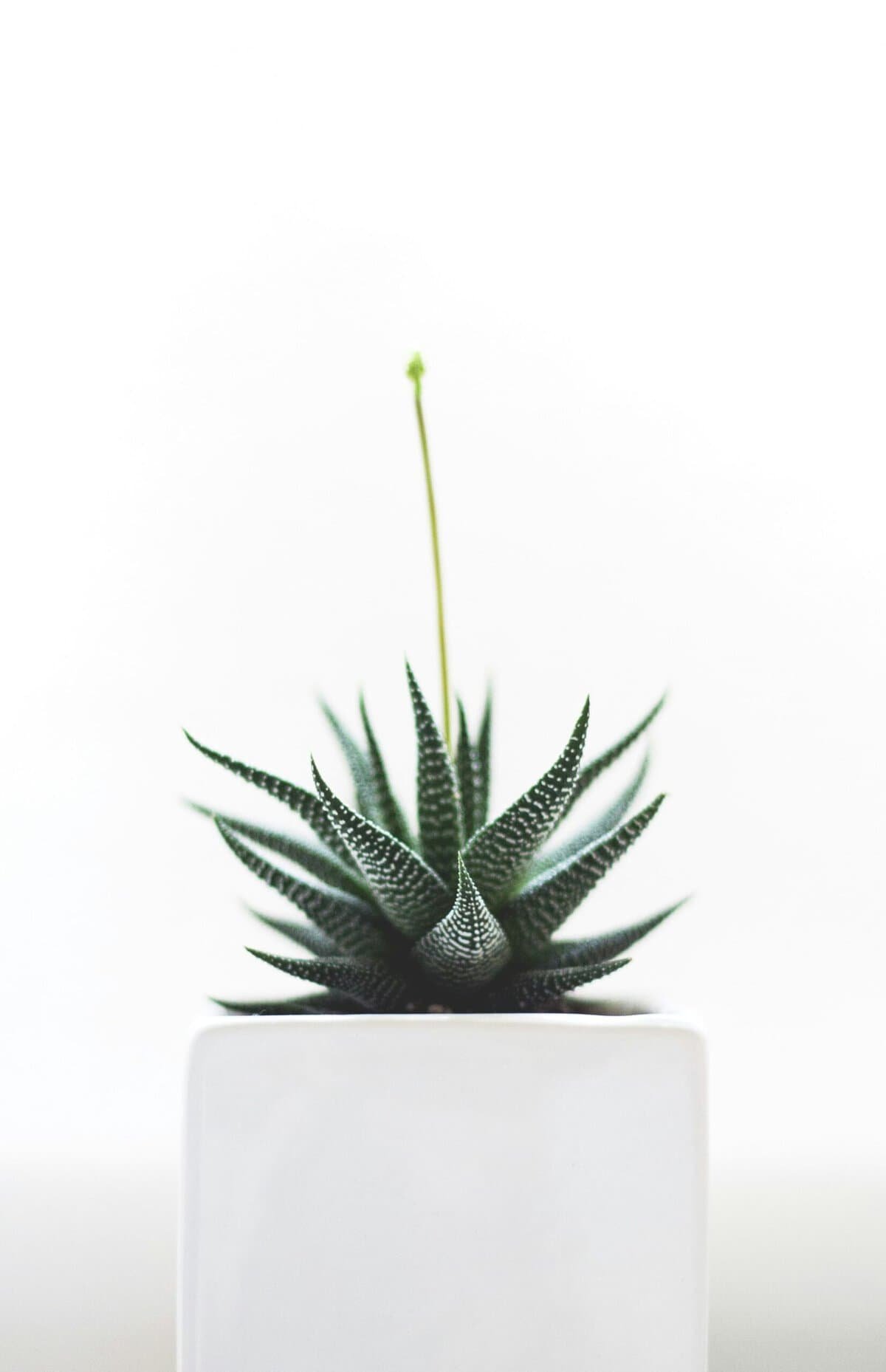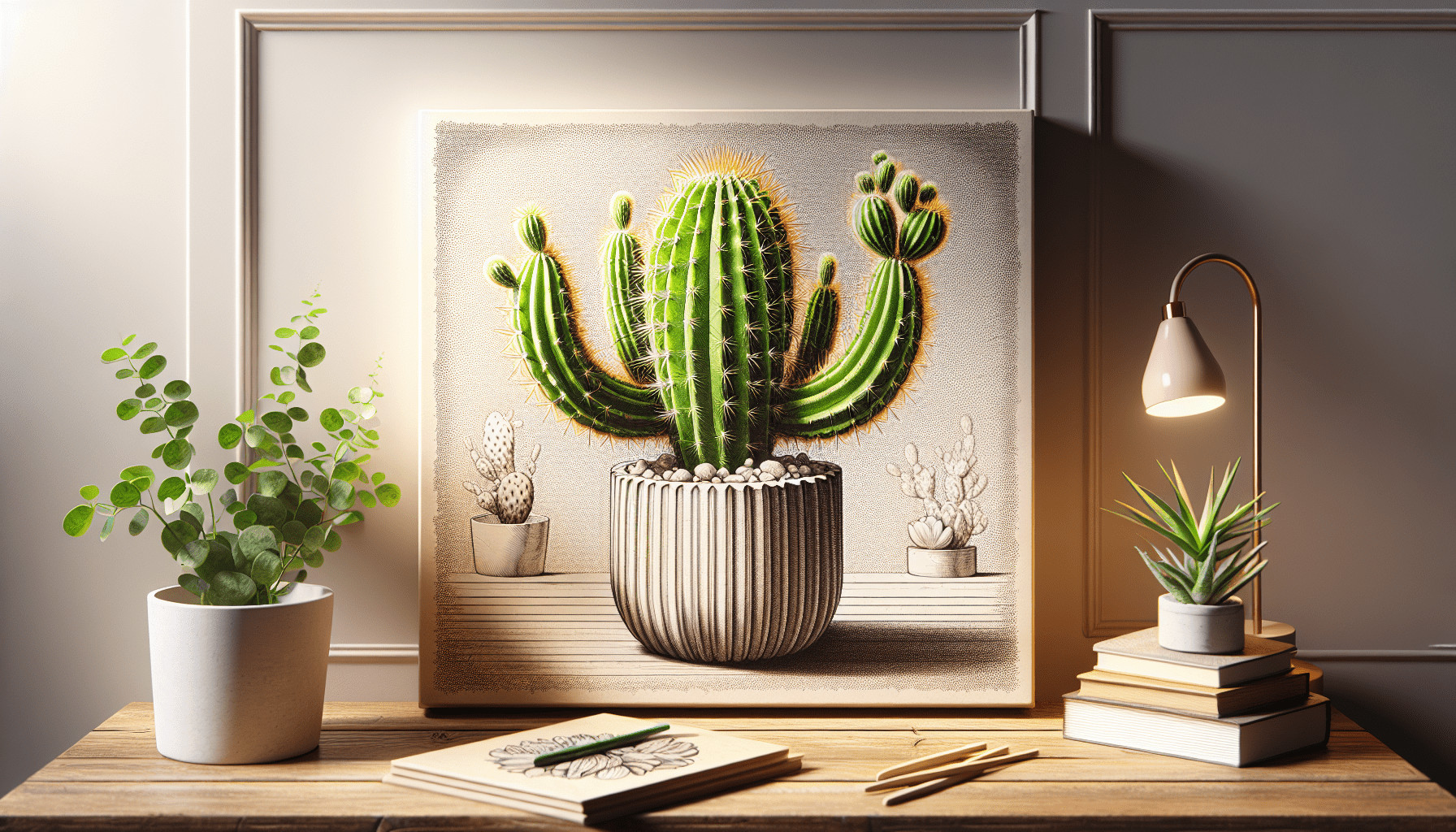Have you ever thought about growing a Nopal cactus indoors? These fascinating plants, also known as prickly pear cacti, are not only a staple in traditional Mexican cuisine but are also celebrated for their medicinal properties and striking appearance. They might be the perfect addition to your home, filling it with a touch of the exotic while requiring relatively low maintenance.
Growing indoor plants can be a rewarding endeavor, offering benefits such as improved air quality, an increase in humidity, and even psychological benefits. However, each plant comes with its own set of care requirements and challenges, and the Nopal cactus is no different. In this article, you’ll learn everything you need to know about bringing this unique plant into your home and nurturing it successfully.

Why Choose a Nopal Cactus?
Nopal cactus, or Opuntia, offers much value beyond its rustic charm. Known for its flat, rounded pads, the Nopal is both an ornamental and functional plant. You might be drawn to it for its aesthetic appeal, culinary uses, or health benefits.
Aesthetic Appeal
Nopal cacti bring a touch of the desert indoors, creating an exotic yet minimalist look. Their unique, sculptural shape can be a dramatic focal point in any room, and adding such a plant can complement a range of interior styles from boho to modern.
Culinary Uses
The pads of the Nopal cactus, often called “nopales,” can be eaten raw or cooked. They are a staple in many Mexican dishes and can be used in salads, soups, and stir-fries. Rich in both flavor and nutrients, they are a versatile addition to your cuisine.
Health Benefits
Nopales are not just tasty; they are also packed with health benefits. They are high in antioxidants, vitamins, and fiber, and have been traditionally used to manage blood sugar levels, cholesterol, and inflammation.
Can Nopal Cactus Be Grown Indoors?
You might wonder if it’s feasible to grow these cacti indoors, given their natural habitat is typically arid and sunny. The answer is yes. With the right conditions, you can successfully cultivate a Nopal cactus inside your home.
Understanding Their Natural Environment
To replicate the Nopal cactus’s natural growing conditions indoors, consider its origin. These cacti are native to the deserts of North and South America, where they are accustomed to plenty of sunlight, well-draining soil, and minimal water. Keeping these conditions in mind will guide you in creating a nurturing indoor environment.
Optimal Indoor Conditions for Nopal Cactus
Proper care begins with providing the right environment. Here’s a breakdown of the key factors you’ll need to manage for a thriving indoor Nopal cactus.
Light Requirements
Nopal cacti need plenty of sunlight. Ideally, they should receive six to eight hours of direct sunlight each day. Placing them near a south-facing window is often the best solution. If natural light is insufficient, consider using grow lights to supplement their needs.
Temperature and Humidity
Nopal cacti thrive in warm environments. Room temperatures of 65°F to 80°F (18°C to 27°C) are ideal. Humidity levels are less of a concern, as these plants are well-adapted to dry air. However, avoid placing them near sources of excessive moisture or drafts.
Soil and Potting Preferences
Well-draining soil is crucial to prevent root rot, a common issue for cacti in indoor settings. Use a cactus-specific potting mix or make your own blend by combining regular potting soil with sand or perlite.
Watering Schedule
Overwatering is a common mistake with cacti care. Water your Nopal cactus only when the soil is thoroughly dry, typically every two to four weeks. Adjust your schedule based on seasonal changes, with less frequent watering in winter when the plant’s growth slows.
Planting and Repotting Nopal Cactus
Once you’ve secured the right environment, it’s time to plant or repot your Nopal cactus. Here’s a step-by-step guide to assist you.
Planting Nopal Cactus
- Choose a pot with drainage holes to prevent water accumulation.
- Fill the pot one-third full with your cactus potting mix.
- Gently place the Nopal cactus in the center; wear gloves to handle the pads, as they can be prickly.
- Backfill with soil around the plant, pressing gently to secure it.
- Water lightly to settle the soil without oversaturating.
Repotting Tips
Cacti grow slowly and typically need repotting every two to three years. Signs that your plant needs repotting include roots growing through drainage holes or a noticeable slowing in growth. When repotting:
- Choose a pot one or two sizes larger.
- Remove the cactus carefully by tilting the pot and easing the plant out.
- Inspect and trim any damaged roots.
- Replant using fresh potting mix following the planting steps above.

Common Challenges and Solutions
Pests and Diseases
Nopal cacti can occasionally suffer from pest infestations, like mealybugs and spider mites, or fungal diseases due to overwatering. If you spot pests, use a gentle insecticidal soap or neem oil. For disease, ensure proper watering and remove any affected pads.
Growth Issues
If your cactus is not thriving, evaluate its light exposure, soil condition, and watering routine. Stretching towards light indicates insufficient sunlight, requiring relocation to a brighter spot.
Table: Troubleshooting Common Nopal Cactus Issues
| Issue | Symptoms | Solution |
|---|---|---|
| Overwatering | Mushy pads, root rot | Allow the soil to dry fully between waterings |
| Lack of Sunlight | Leggy growth, pale color | Move to a sunnier location |
| Pest Infestation | Visible bugs, sticky residue | Apply insecticidal soap or neem oil |
Propagating Your Nopal Cactus
One incredible feature of the Nopal cactus is its ability to propagate easily from cuttings. Here’s how you can share the joy of growing Nopal cacti with others:
Propagation Steps
- Select a healthy pad and cut it cleanly from the main plant.
- Allow the cut piece to callous over for a week in a dry, shaded area.
- Once calloused, plant the pad in a pot with cactus soil, burying the cut end about an inch deep.
- Water sparingly until new growth appears, indicating it has rooted successfully.

Artistic and Functional Uses for Nopal Cacti
Once grown, your Nopal cactus can serve multiple purposes beyond a decorative plant. You may choose to embrace its culinary and medicinal uses.
Cooking with Nopales
Explore new flavors by adding nopales to your meals. They offer a unique taste and texture to salads, stews, or scrambled eggs. Be sure to carefully remove the spines and rinse the pads thoroughly before cooking.
Medicinal Benefits
Beyond culinary uses, Nopales have been explored for their potential health benefits. They might assist in managing blood sugar or cholesterol levels, offering a natural way to complement your wellness routine.
Conclusion
The attempt of growing a Nopal cactus indoors adds a slice of desert allure to your home. With the right care and attention, they can thrive indoors, providing you not only with aesthetic pleasure but also with culinary and health benefits. Whether you’re a novice gardener or an experienced plant enthusiast, nurturing a Nopal cactus can be a fulfilling endeavor that offers rewards far beyond its intriguing appearance.


